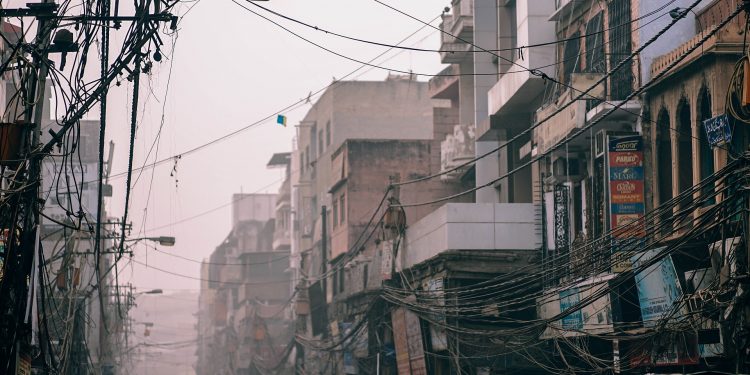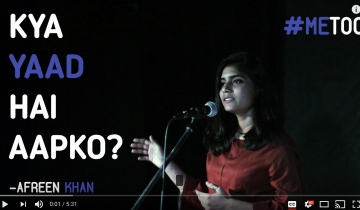Smog In Delhi Reaches Peaks, Threatens Lives

The smog in Delhi and the threats that it poses to the citizens of Delhi.
Smog
Smog is a type of air pollutant. It was coined from the two words smoke and fog. A thick cloud of toxic smog 10 times the recommended limit surrounds the capital New Delhi. According to the US embassy, the airborne particles known as PM 2.5 had reached 495, whereas the upper limit for a good quality air is 50. These PM 2.5 particles are 30 times thinner than hair and they can be easily inhaled deep into the lungs causing respiratory problems. Also, quantities of PM10 continued to rise in Delhi.
Smog Threatens Life
Smog does not only harm humans but it also has an adverse effect on animals and nature as a whole. The heavy smog in Delhi decreases the UV radiation, that can lead to low production of Vitamin D, leading to rickets. The smog is said to cause irritation in eyes and premature deaths. It also affects the growth of plants and causes immense damage to crops and forests.
The main reason for the increase in pollution is due to the vehicular emissions. As there was a tremendous growth in the population of Delhi. Also the National capital shares it’s borders with Punjab and Haryana. The burning of rice stubbles by the farmers in these states also played a prominent role in worsening the air quality of Delhi. The other reasons are stagnant winds, investing less in public infrastructure, large-scale construction, industrial pollution and garbage dumps.
Precautions To Be Taken
Few of the precautions that were supposed to be taken up by the Delhi government were
- Augment of the bus fleet as Delhi needs 11,000 buses to boost public transport
- A strict checking of Pollution Under control (PUC) certificates
- Alerting people through SMSs and updating the air quality index on the LED screens
- Vacuum cleaning of roads, cloud seeding and other measures
- Take up the issue of pollution and crop burning with other states etc.,
Unfortunately, the government was not able to fulfil all the precautions that they promised. But it should be remembered that a government is made by the people, for the people and of the people. Hence, it is the responsibility of every citizen to protect the environment. People should do carpooling, to omit the vehicular emissions. By cleaning their surroundings, avoiding burning of plastic and other non-biodegradable materials can also reduce the pollution to some extent. Recycling of biodegradable waste and planting of trees in their society also contribute to a better air quality.
Conclusion
Rather than playing the blame game, every citizen of this country should own up the responsibility of protecting the environment. Environmental pollution has become a global issue and the adverse effects are seen in the unpredictable weather changes. Every individual should try to keep his surroundings clean and tidy. As said, Cleanliness is next to Godliness.




